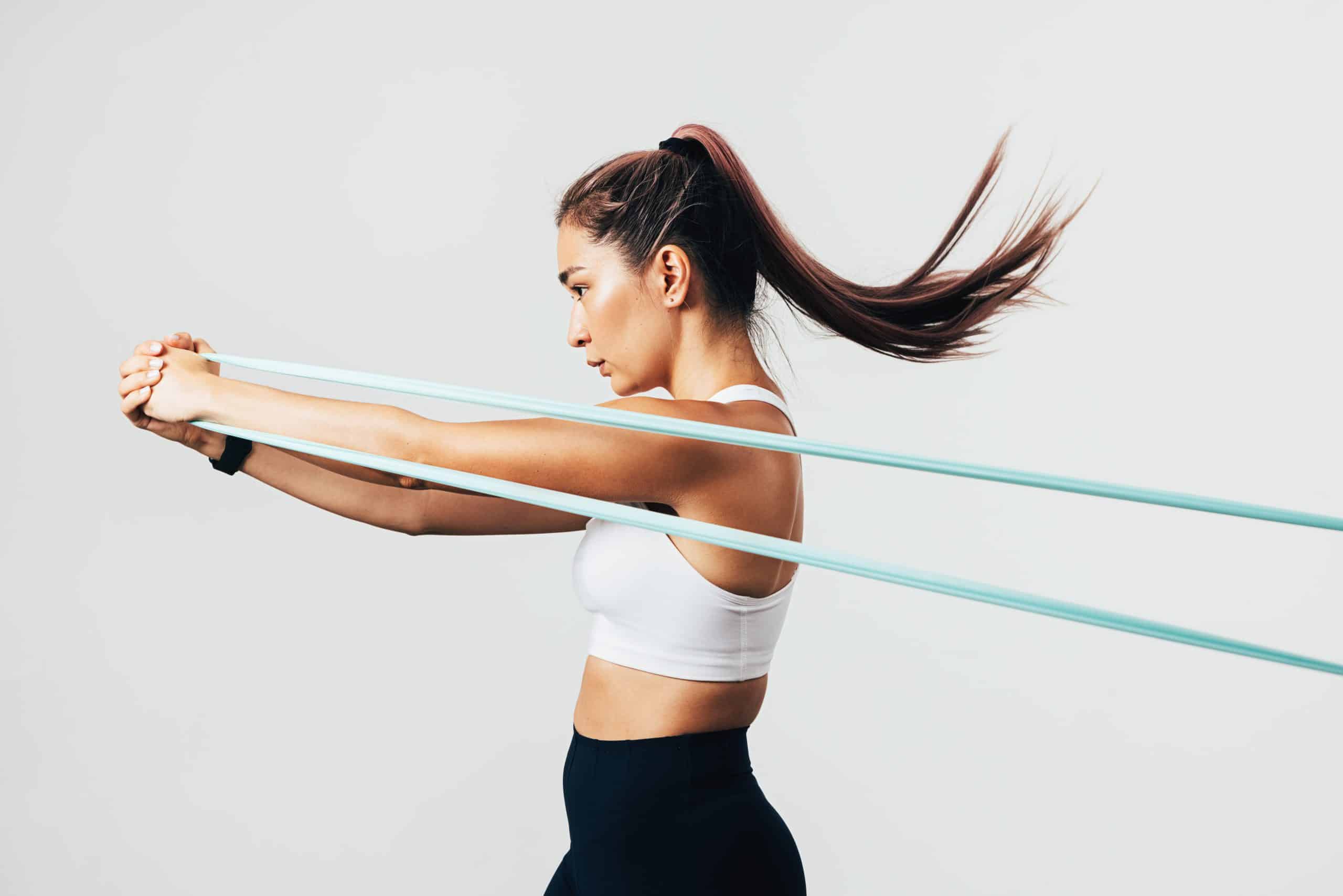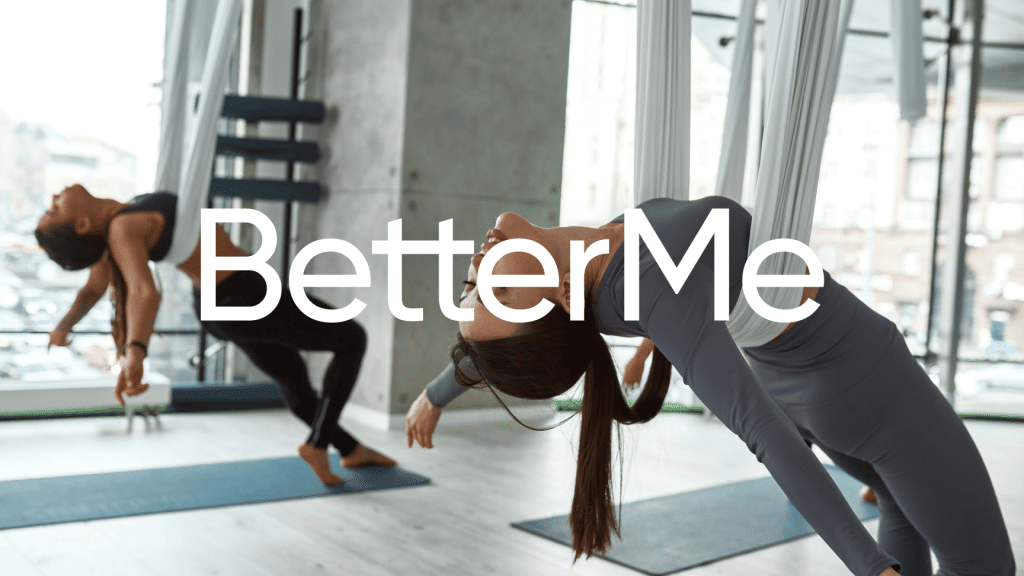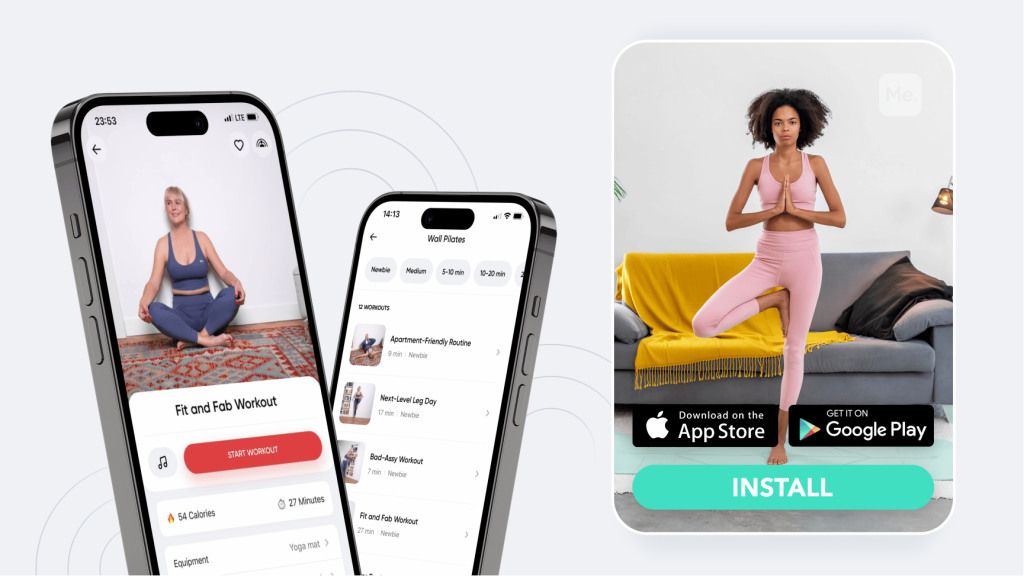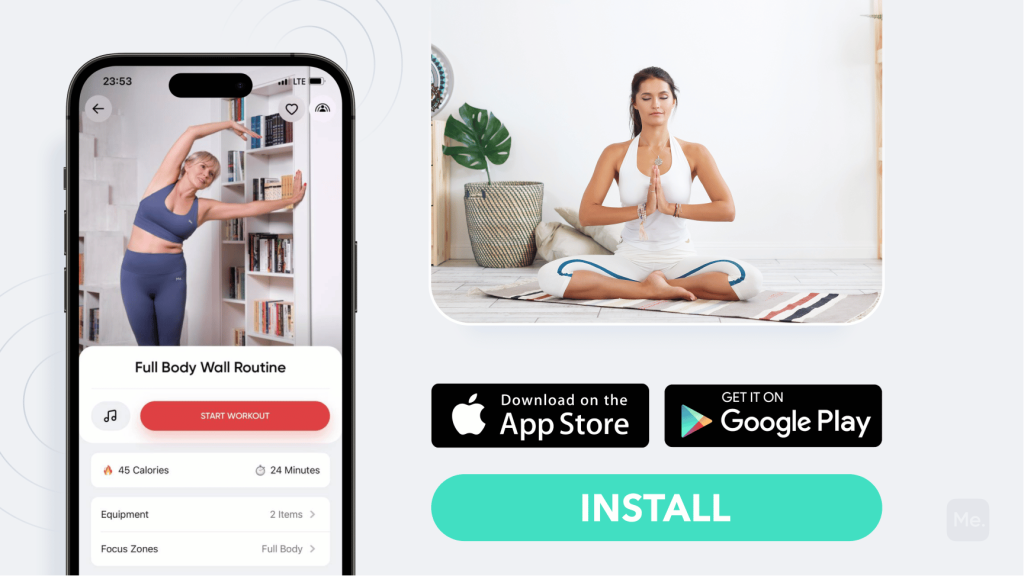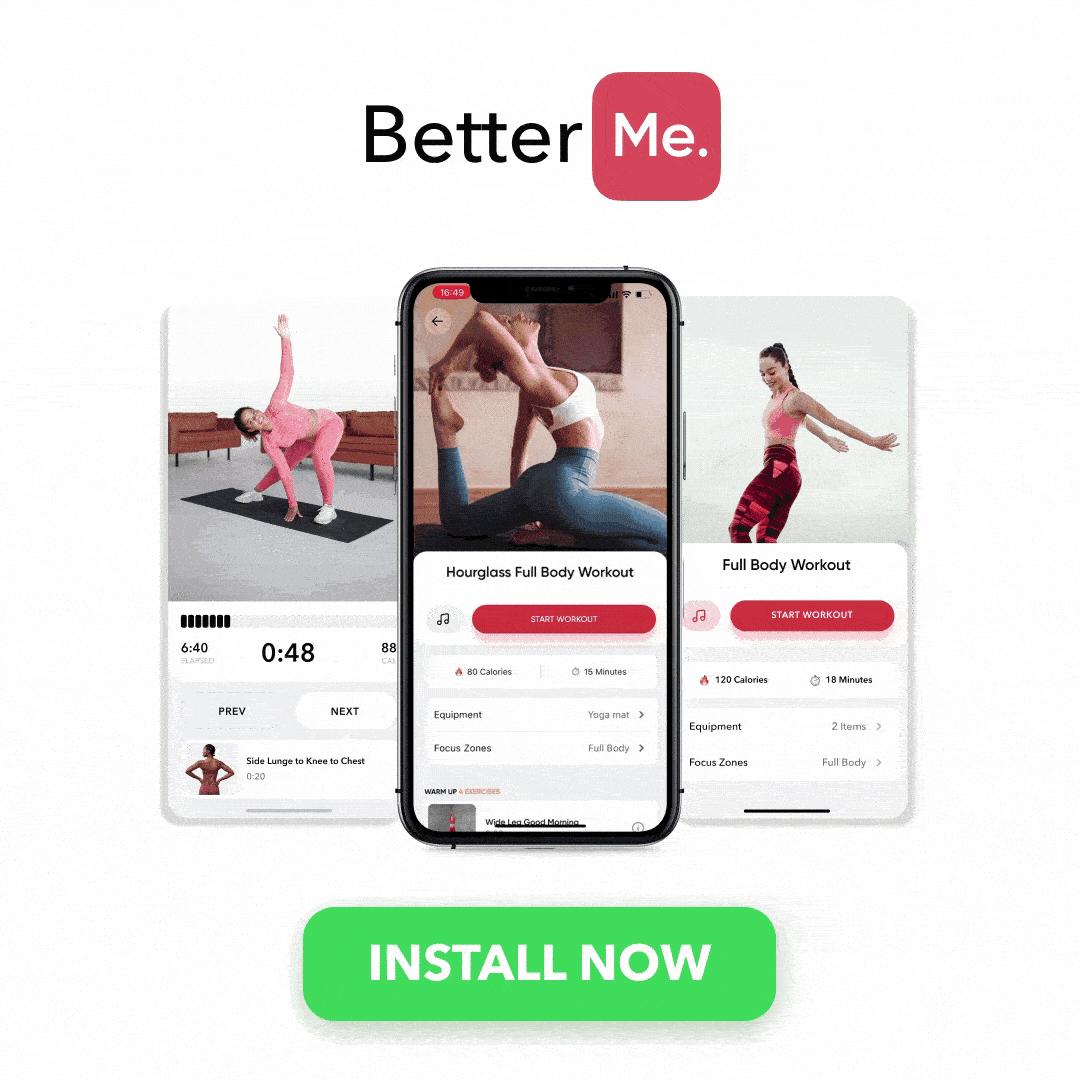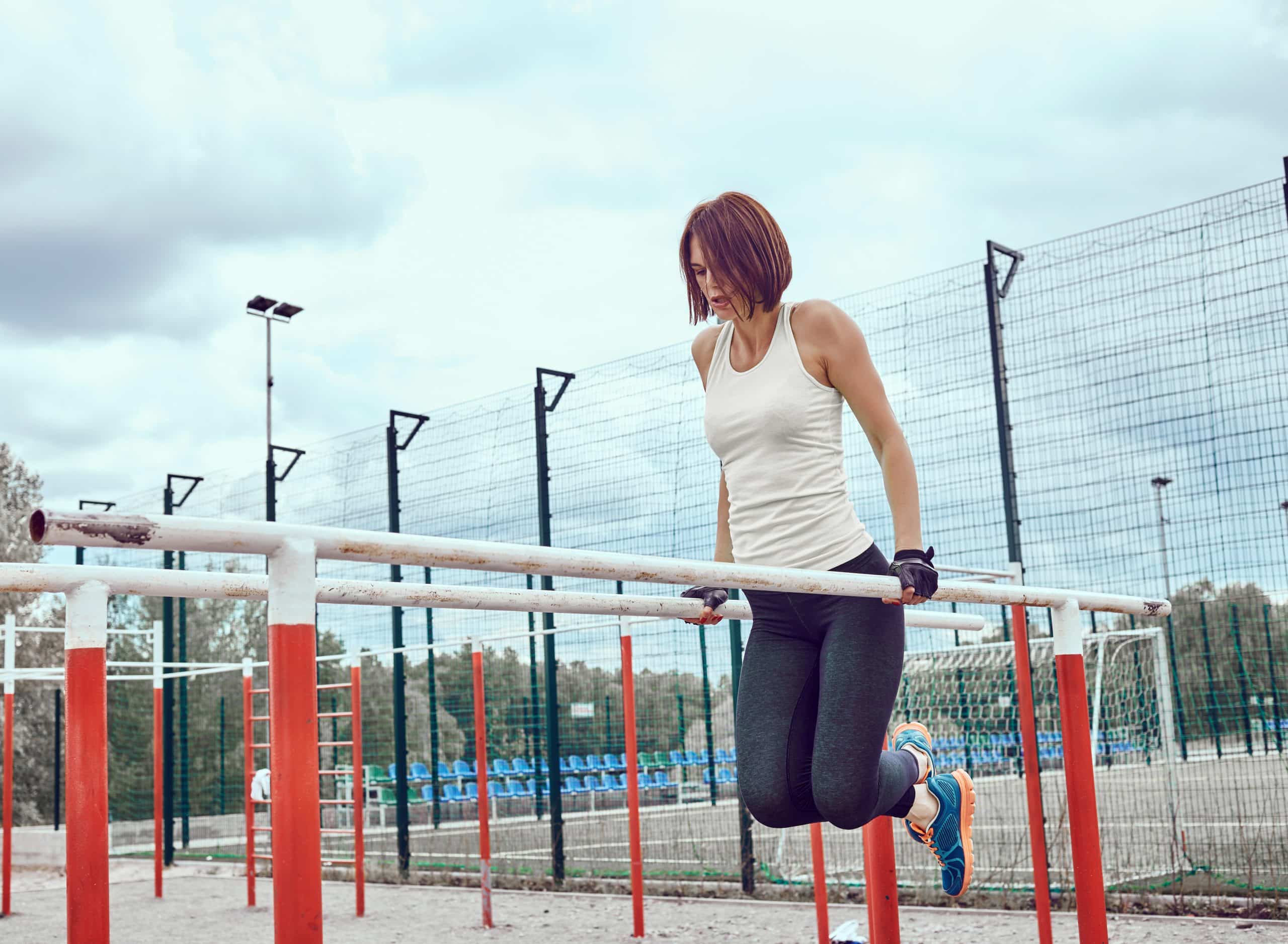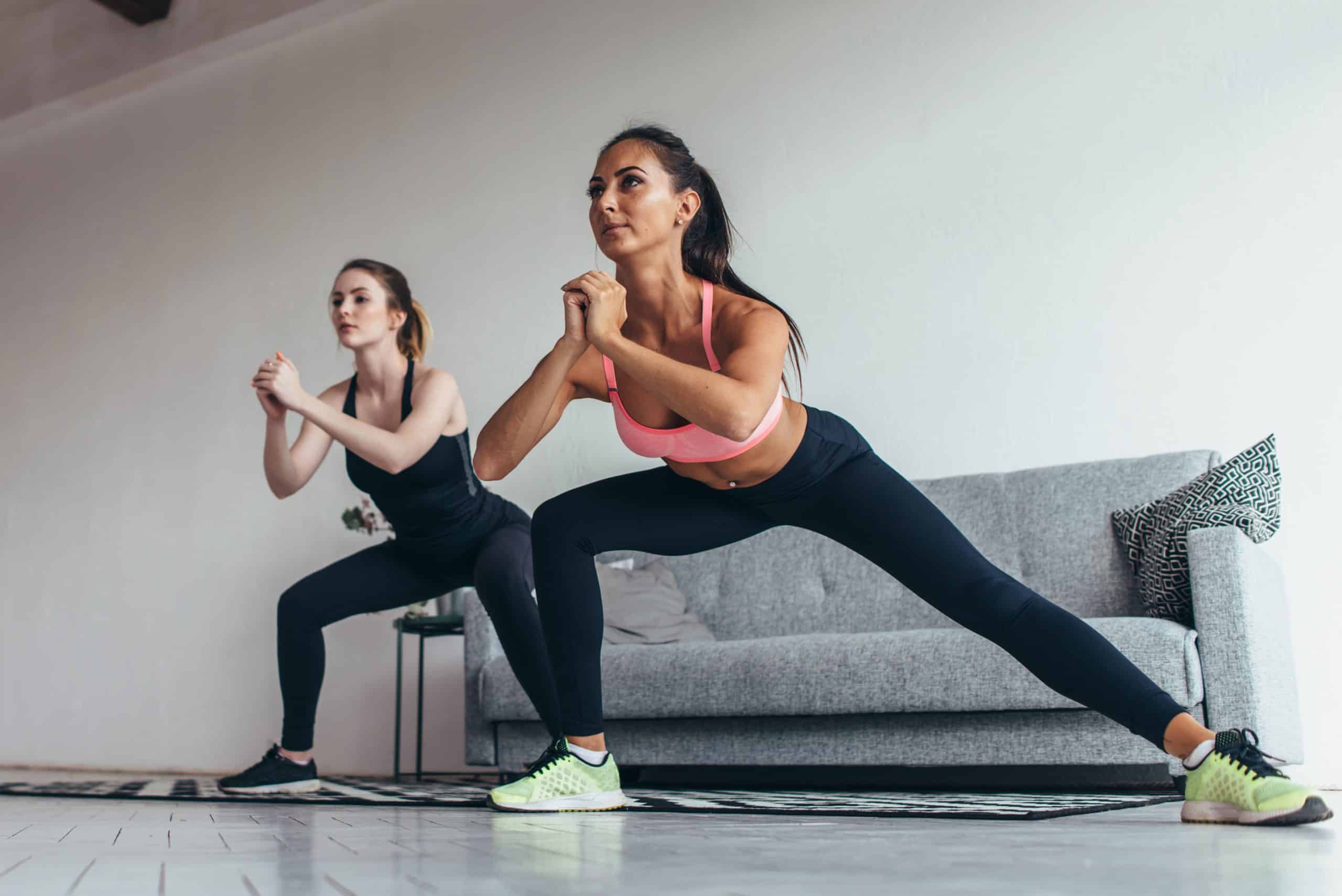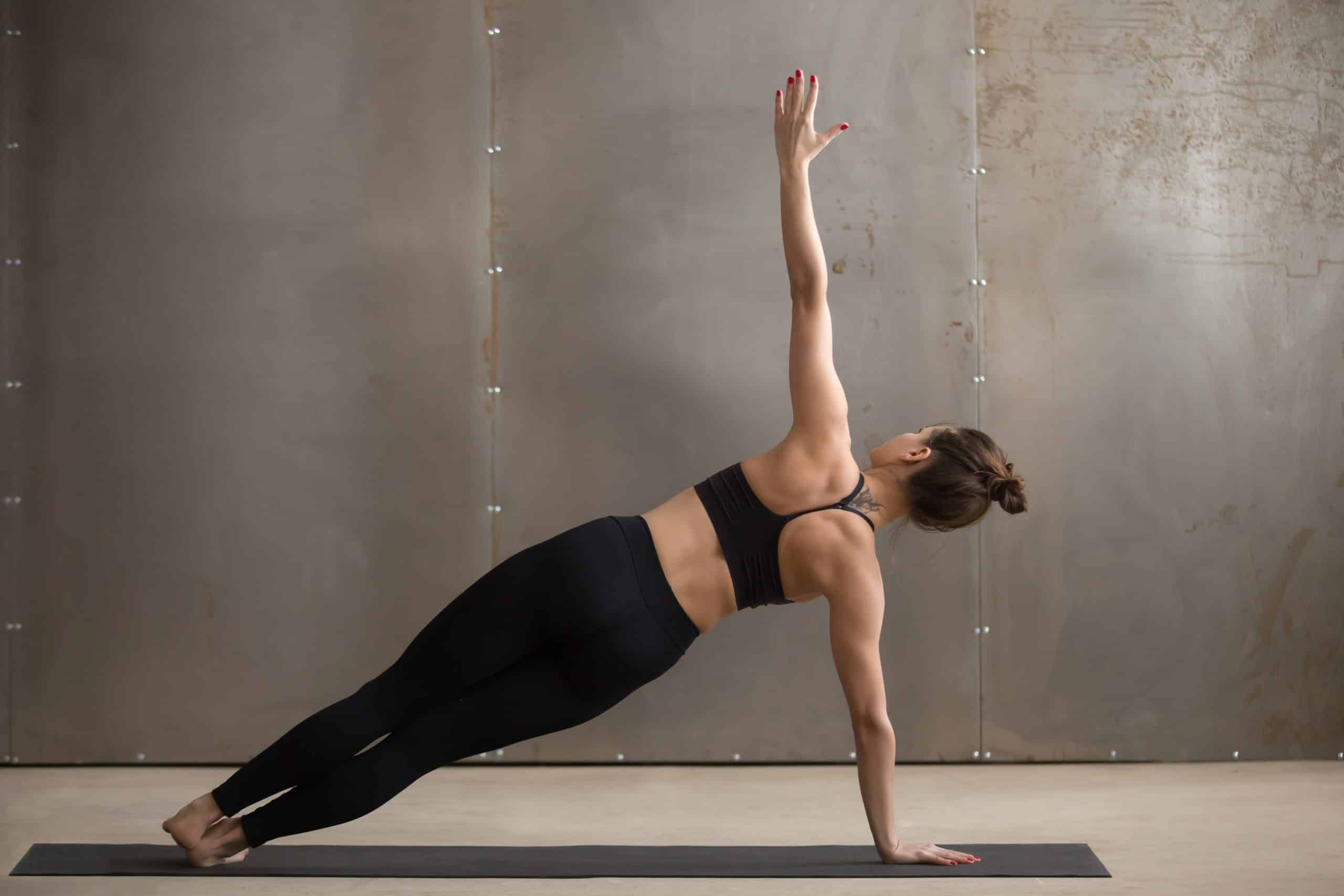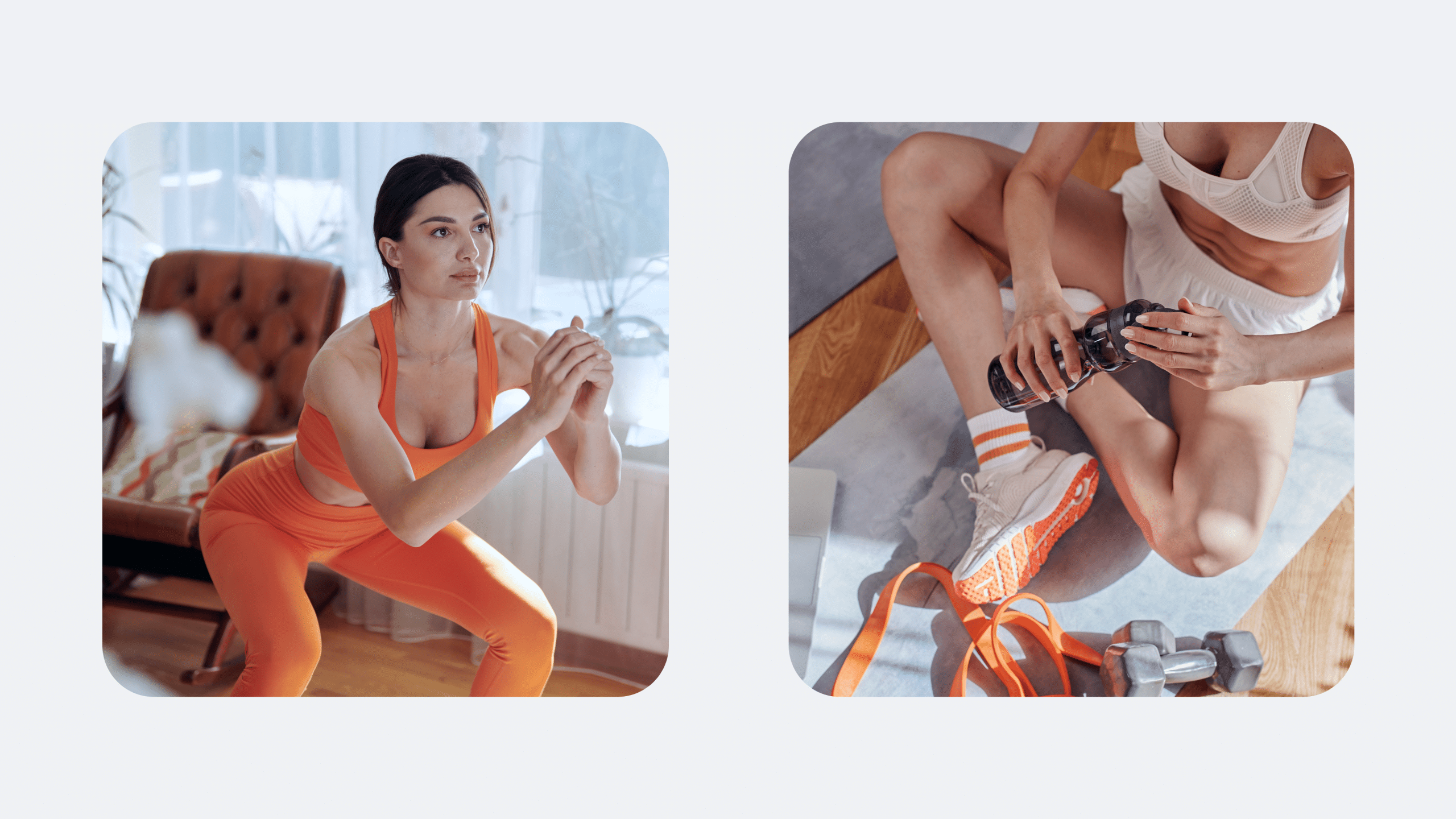As far as workout equipment goes, bands are pretty darn versatile. They come in a variety of sizes and resistances, which makes them perfect for a range of exercises, from upper body moves to lower body strengthening. Plus, they’re relatively inexpensive and can be easily stored away. No wonder they’ve become a go-to for at-home workouts. With so many options on the market, it’s hard to know where to start. That’s why we’ve put together this comprehensive guide to band workouts. We’ll answer all your burning questions, from which band is best for your fitness level to how often you should be working out with them.
Do Band Exercises Actually Work?
The short answer is: yes! But it helps to know a little bit about how resistance bands work. Resistance bands are made of elastic material, which means they provide variable resistance.
That is, the further you stretch the band, the more resistance it provides. This makes them ideal for a wide range of exercises, from bicep curls to chest presses. Not only that, but resistance bands are also great for targeting specific muscle groups.
This is because you can adjust the tension on the band to make the exercise easier or harder, depending on your needs. For example, if you’re looking to focus on your triceps, you might choose a band with more resistance.
What Are The Different Types Of Resistance Bands?
There are seven types of resistance bands: therapy bands, tube bands, fit loop bands, figure 8 bands, ring resistance bands, lateral bands, pull up bands. Let’s look at the material, design, and purpose of each.
Therapy Band
A therapy band is a flat, latex band that comes in a variety of widths and lengths. They’re often used for physical therapy and rehabilitation, as well as for gentle exercises like stretching and yoga.
Tube Band
A tube band, also called a compact resistance band or fit tube, is a small, circular band that’s usually made of latex and has two plastic handles on either end. They come in a variety of resistance levels and can be used for a wide range of exercises, from bicep curls to shoulder presses.
Fit Loop Band
A fit loop band is a flat, tubular band that’s usually made of latex. As the title suggests, it’s designed to fit around your legs, ankles, or wrists. It’s best used to train the lower body by adding resistance to exercises like squats, lunges, and calf raises.
Figure 8 Band
A figure 8 band is a short, flat band that has handles on either end and is shaped like, you guessed it, a figure 8. They’re typically used for upper body exercises like chest presses and tricep extensions.
Ring Resistance Band
A ring resistance band is a small, circular band that’s made of latex and has two handles on either end. Usually 1 foot long, the ring resistance band is great for lower body exercises like ankle hops and leg lifts.
Read More: Full Body Resistance Band Workouts: Lose Weight And Gain Muscle
Lateral Band
A lateral band is a flat, latex band that’s 2-4 inches wide, 1 foot long with velcro closures on either end. They’re typically used to add resistance to exercises like lateral shuffles and monster walks.
Pull Up Band
Like the name suggests, a pull up band is a long, flat band that’s designed to help you with pull ups. They come in a variety of resistance levels and can be made into a continuous loop to fit any size.
What Are The Best Resistance Bands?
There are a lot of different resistance bands on the market, so it can be tough to know which ones are the best. Here are a few things to look for when choosing a resistance band:
- Material: Most resistance bands are made of latex rubber, but some are made of other materials like polyester or nylon. Latex rubber bands are the best option because they’re durable and have a good amount of stretch.
- Resistance level: Resistance bands come in a variety of resistance levels, from light to heavy. If you’re just getting started, choose a band with light or medium resistance. As you get stronger, you can move up to a heavier band.
- Length: Resistance bands come in different lengths, from short bands that are only a few feet long to long bands that are 20 feet or more. Choose a band that’s the appropriate length for the exercises you want to do.
- Price: Resistance bands range in price from around $10 to $30 or more. Price isn’t always an indicator of quality, so don’t necessarily choose the most expensive band you can find. Just pick a band that’s well-made and fits your budget.
Can You Get Ripped With Resistance Bands?
Getting “ripped” is more about your diet and lifestyle than it is about your workout routine. That said, resistance bands can absolutely help you build muscle and get stronger (1).
To understand why, we’ll delve into the process of muscle hypertrophy (aka muscle growth). When you lift weights, the stress placed on your muscles causes them to break down. In response, your body repairs the muscle tissue, making it stronger and bigger than before.
The same process occurs when you use resistance bands. The tension on the band causes your muscles to break down, and in response, your body repairs the muscle tissue, making it stronger and bigger than before.
Of course, to see results, you need to be consistent with your workouts and eat a healthy diet. But if you’re doing those things, resistance bands can absolutely help you build muscle and get stronger.
If you wish to free yourself from all the extra pounds that have been weighting you down for way too long, start using the BetterMe app and overhaul your entire life!
How Do Resistance Bands Get Rid Of Belly Fat?
Resistance bands aren’t a magical belly-fat-burning tool, but they can help you lose weight in general. Just like with other equipment, you can’t spot-reduce fat with resistance bands. But, as we mentioned before, they can help you burn calories and build muscle.
And the more muscle you have, the more efficient your body becomes at burning calories (2). While resistance bands won’t directly get rid of belly fat, they can help you lose weight and slim down. If you keep at it long enough, you’ll eventually see results in your midsection.
How Often Should You Work Out With Resistance Bands?
The rules of thumb for working out with resistance bands are the same as for working out with any other type of equipment: you should aim to work out three to four times per week, and you should give your muscles at least 48 hours of rest between workouts.
Muscle soreness, overuse injuries, and other issues can occur if you don’t give your muscles enough time to recover. So be sure to listen to your body and take rest days as needed.
If you’re just getting started with resistance bands, start slow and gradually increase the frequency and intensity of your workouts. This will help you reduce the risk of injuries and ensure that you’re able to progress safely.
How Long Should A Resistance Band Workout Be?
A resistance band workout can be as long or as short as you want. If you’re just getting started, aim for 20-30 minutes per workout. As you get more comfortable with the exercises, you can increase the length of your workouts.
Of course, if you’re short on time, you can always do a quick 10-minute workout. Just be sure to choose exercises that work multiple muscle groups so that you can get the most bang for your buck.
How Long After Using Resistance Bands Do You See Results?
Muscle-building is a slow process, so don’t expect to see results overnight. It can take weeks or even months of consistent exercise before you start to see significant changes in your body.
Of course, everyone is different, so some people may see results sooner than others. Just be patient and keep up with your workouts, and eventually, you’ll start to see the results you’re looking for.
How fast you see results also depends on your diet and lifestyle. If you’re eating a healthy diet and getting enough sleep, you’ll see results sooner than if you’re not. Be sure to focus on those things as well as your workouts.
Read More: Resistance Band Shoulder Exercises For Beginners
What Are The Best Resistance Band Exercises?
There are literally hundreds of resistance band exercises that you can do. But if you’re just getting started, here are a few of our favorites:
1. Resistance Band Pull-Ups
For pull up band exercises, you want to use a higher level of resistance. That’s because as a beginner to band workouts, you need the band to bear more of your weight. This is a great way to work your arm. shoulder and back muscles.
Follow these steps:
- Loop the band around a sturdy overhead bar. Make sure the band is secured tightly so it doesn’t slip during your workout.
- Step into the center of the band and grab the handles with an overhand grip. Your hands should be farther apart than your shoulders.
- Hang from the bar with your arms fully extended.
- Keep the center of your body rigid, tighten your core muscles, and use your back and arm muscles to pull yourself up until your chin is over the bar.
- Slowly lower yourself back to the starting position.
2. Resistance Band Bicep Curls
Bicep curls are one of the most popular resistance band exercises. They’re a great way to work your biceps, as well as your shoulders and core muscles.
Follow these steps:
- Step on the center of the band and hold the handles with your palms facing up.
- Curl your hands toward your shoulders, keeping your upper arms close to your sides.
- Squeeze your biceps at the top of the curl, then slowly lower your hands back to the starting position.
3. Resistance Band Triceps Push-Downs
This is similar to the bicep curl, but it works your triceps instead. It’s a great way to build strength in your arms.
Follow these steps:
- Step on the center of the band and hold the handles with your palms facing down.
- Bend your elbows and tuck your upper arms close to your sides.
- Keeping your elbows stationary, extend your arms and push the band down.
- Slowly return to the starting position.
4. Resistance Band Squats
Squats are a great way to work your legs, butt, and core muscles. They’re also one of the best exercises for improving your balance and coordination.
Follow these steps:
- Loop the band around your ankles and stand with your feet shoulder-width apart.
- Keeping your back straight, lower your body as if you’re going to sit in a chair.
- Stop when your thighs are parallel to the ground, then slowly stand back up.
5. Resistance Band Lateral Walks
Lateral walks are a great way to work your hips, legs, and core muscles. They’re also a good exercise for improving your balance and coordination.
Follow these steps:
- Loop the band around your ankles and slightly hinge forward at your hips.
- Step to the side with your right foot, then quickly follow with your left foot.
- Continue walking sideways until you’ve gone as far as you can.
- Then turn around and walk back to the starting position.
As you can see, there are a variety of resistance band exercises that you can do. And this is just a small sampling. There are literally hundreds of different moves that you can do with a resistance band. Get creative and mix things up to keep your workouts interesting.
Yanking yourself back in shape has never been so easy with our game-changing fitness app! Start transforming your life with BetterMe!
What Are The Benefits Of Resistance Band Workouts?
Along with the benefits of resistance training, resistance band workouts have a few additional benefits, including:
- They’re portable: one of the best things about resistance bands is that they’re portable. You can take them with you wherever you go and do your workouts anywhere.
- They’re less expensive: compared to other types of workout equipment, resistance bands are relatively inexpensive.
- They’re versatile: as we mentioned before, there are literally hundreds of different resistance band exercises that you can do. You can use them as standalone workouts or add them to weights in your existing workout routine.
- They’re relatively safe: compared to other types of workouts, resistance band workouts are relatively safe. There’s a low risk of injury because the bands provide a consistent level of resistance. You won’t need a spotter, and you can adjust the level of resistance to suit your fitness level.
- They offer more specificity: few tools isolate muscles the way resistance bands do. This can be beneficial if you’re trying to target a specific muscle group.
The Bottom Line
Resistance band workouts are a great way to improve your strength, flexibility, and coordination. They’re also portable, versatile, and relatively safe. If you’re looking for a new workout to try, give resistance bands a shot. You might be surprised at how much you enjoy it.
DISCLAIMER:
This article is intended for general informational purposes only and does not address individual circumstances. It is not a substitute for professional advice or help and should not be relied on to make decisions of any kind. Any action you take upon the information presented in this article is strictly at your own risk and responsibility!
